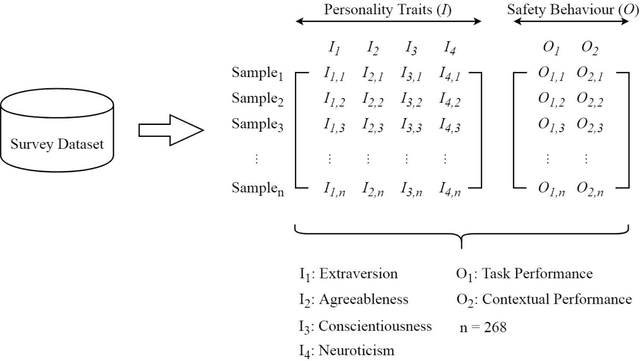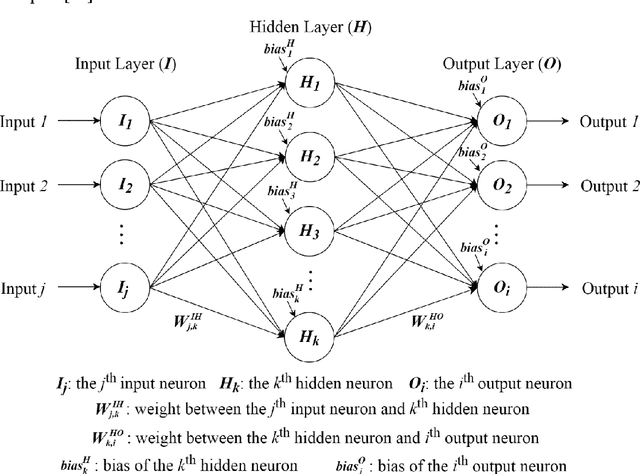Vicente A. Gonzalez
Using Vision Language Models for Safety Hazard Identification in Construction
Apr 12, 2025Abstract:Safety hazard identification and prevention are the key elements of proactive safety management. Previous research has extensively explored the applications of computer vision to automatically identify hazards from image clips collected from construction sites. However, these methods struggle to identify context-specific hazards, as they focus on detecting predefined individual entities without understanding their spatial relationships and interactions. Furthermore, their limited adaptability to varying construction site guidelines and conditions hinders their generalization across different projects. These limitations reduce their ability to assess hazards in complex construction environments and adaptability to unseen risks, leading to potential safety gaps. To address these challenges, we proposed and experimentally validated a Vision Language Model (VLM)-based framework for the identification of construction hazards. The framework incorporates a prompt engineering module that structures safety guidelines into contextual queries, allowing VLM to process visual information and generate hazard assessments aligned with the regulation guide. Within this framework, we evaluated state-of-the-art VLMs, including GPT-4o, Gemini, Llama 3.2, and InternVL2, using a custom dataset of 1100 construction site images. Experimental results show that GPT-4o and Gemini 1.5 Pro outperformed alternatives and displayed promising BERTScore of 0.906 and 0.888 respectively, highlighting their ability to identify both general and context-specific hazards. However, processing times remain a significant challenge, impacting real-time feasibility. These findings offer insights into the practical deployment of VLMs for construction site hazard detection, thereby contributing to the enhancement of proactive safety management.
The Use of Machine Learning and Big Five Personality Taxonomy to Predict Construction Workers' Safety Behaviour
Dec 11, 2019



Abstract:Research has found that many occupational accidents are foreseeable, being the result of people's unsafe behaviour from a retrospective point of view. The prediction of workers' safety behaviour will enable the prior insights into each worker's behavioural tendency and will be useful in the design of management practices prior to the occurrence of accidents and contribute to the reduction of injury rates. In recent years, researchers have found that people do have stable predispositions to engage in certain safety behavioural patterns which vary among individuals as a function of personality features. In this study, an innovative forecasting model, which employs machine learning algorithms, is developed to estimate construction workers' behavioural tendency based on the Big Five personality taxonomy. The data-driven nature of machine learning technique enabled a reliable estimate of the personality-safety behaviour relationship, which allowed this study to provide novel insight that nonlinearity may exist in the relationship between construction workers' personality traits and safety behaviour. The developed model is found to be sufficient to have satisfactory accuracy in explaining and predicting workers' safety behaviour. This finding provides the empirical evidence to support the usefulness of personality traits as effective predictors of people's safety behaviour at work. In addition, this study could have practical implications. The machine learning model developed can help identify vulnerable workers who are more prone to undertake unsafe behaviours, which is proven to have good prediction accuracy and is thereby potentially useful for decision making and safety management on construction sites.
 Add to Chrome
Add to Chrome Add to Firefox
Add to Firefox Add to Edge
Add to Edge